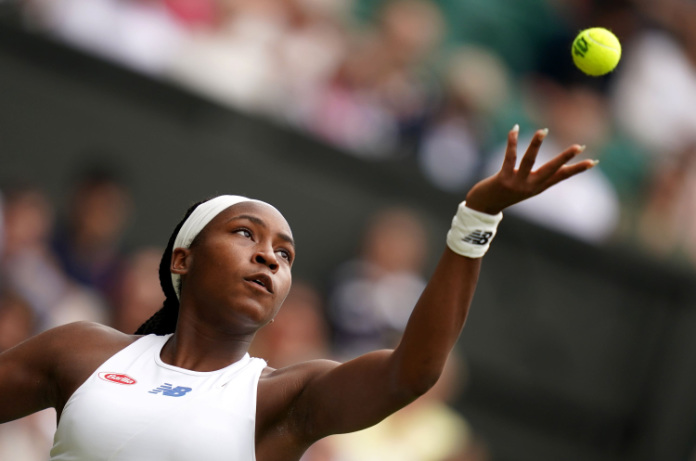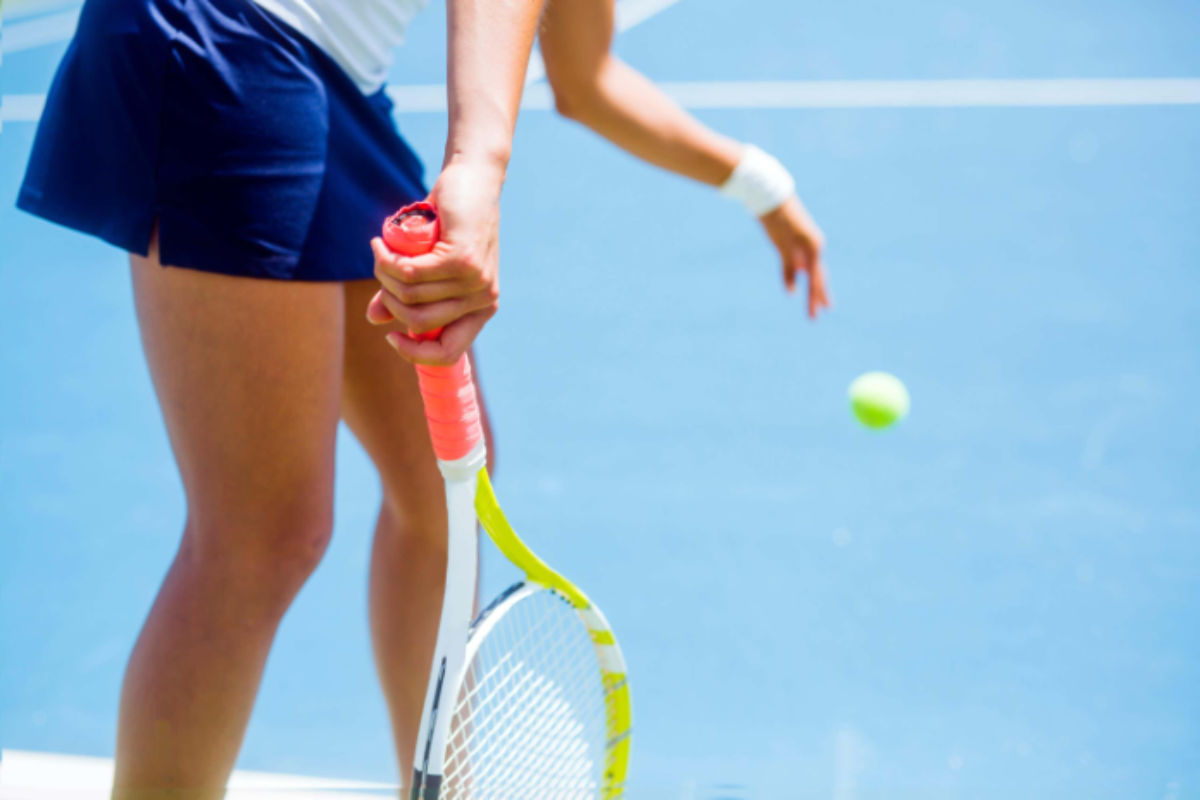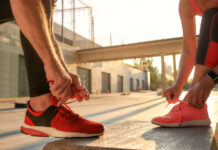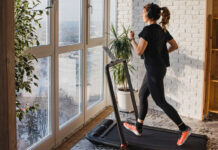If you’ve tuned into their year’s Wimbledon coverage, you’ll know that the world’s oldest tennis competition is about much more than just strawberries and cream, royal sightings and socialites.
Being crowned Wimbledon champion is the most prestigious accolade in the sport – and one that’s no easy feat. Watching the world’s top players sprinting and serving across the court is a great reminder that tennis is a fiercely challenging workout, not just for body but for brain too.

Inspired to take your own tennis to the next level? We asked four top-tier tennis experts, coaches and ambassadors for Slinger Bag (slingerbag.com) to serve us their top tips…
Tommy Haas, former world no. 2 and Wimbledon semi-finalist says: ‘Perfect your topspin’
“In order to contact the ball clean with topspin (a fast-forward spinning motion players impart to the ball when hitting it), you want to be at a good distance from the ball so you can swing effectively through it. Take a moment to assess the height, contacting the ball between your hips and shoulders.
“Most players believe their contact points with the ball are supposed to be in the very centre of the racket strings, when in reality, you want to make contact slightly higher,” explains Haas.

“It’s important to time it right too – you want to hit the ball right in front of your hips, so you can rotate and generate good power from the whole body.”
Darren Cahill, coach of WTA star Simona Halep, and former coach of Wimbledon champs Andre Agassi and Lleyton Hewitt, says: ‘Get your body ready for tennis’
“It’s vital to spend time warming up before your practices and matches. If you feel 10 minutes is too long, remember most pro tennis players warm-up for around 45-60 minutes before taking to the court.
“A skipping rope is a great tool to get your heart rate up and your body ready for action; it’s a good idea to always have one in your tennis or slinger bag. It may be one of the oldest forms of footwork and coordination training, but it’s still one of the best,” says Cahill.

“Resistance bands are also a lightweight, versatile and convenient equipment that allows you to warm up your muscles – just make sure to choose one with the right resistance level for you.
“Wrap it around a pole or the net and engage in repetitive ‘open-close’ movements with your arms and legs: 30-60 seconds should be a good start. Resistance bands are also extremely good for leg exercises and lateral tennis movements.”
Dustin Brown, grass court expert who beat Rafael Nadal at Wimbledon 2015, says: ‘Assess your performance’
“You should always check-in with yourself after a training session, asking how you’re feeling today, what went well, and what you could do differently next time.

“Also, think about if you’ve learned anything new or reinforced something you learned previously. If you want to speed things up, take notes of your post-match analysis or record it on a voice note, so you can track your improvement over time.”
Patrick Mouratoglou, Serena Williams’ coach and founder of the Mouratoglou Academy, says: ‘Work on your serve’
“I consider the serve and the return as the two most important shots in tennis, since they mark the start of every point and, if well executed, can dictate how well it goes.
“The serve is one of the most difficult shots, mainly due to the high level of coordination required, from tossing the ball above your head, to moving both arms separately and jumping toward the shot.”

These are Mouratoglou’s four major tips for transforming your serve to the effective weapon it’s meant to be:
1. Go continental and keep it simple to start:
“If you just started learning the serve, make sure to hold the racket in a neutral or continental grip – a bit like a hammer. If you already learned to serve and don’t naturally hold the racquet this way, take the time to re-learn the serving posture. This is the foundation that will take your serve to new heights in the near future.”
2. Make sure you get the right stance:
“Your feet should always start shoulder-width apart, with your front foot just behind the baseline and your front hip pointing to the net. This is so you have a good balanced base and the right position to allow your whole body to work toward generating power.”
3. Get your ball toss consistent:
“It’s easier said than done, but the good news is that there are effective exercises if you’re willing to do the work, and have the patience necessary. The ultimate goal here is to consistently be able to toss the ball up above your head with a straight arm. If your toss tends to go all over the place, you can forget about training any other aspect of it.
“One very effective exercise is to place your racquet on the ground aligned and just on the right of your front foot, tossing the ball and letting it bounce, to see if you can get it to land on the strings of the racquet most times.”
4. Learn to pronate:
“This is the key to learning how to create speed, and later to diversify your serve. Serve is nothing more than a type of throwing motion and, as you throw your racket up towards the ball, the edge of the racquet frame should lead.
“Pronation is accomplished just before you hit the ball, when your arm and wrist turn outward to make contact with the strings [pronation is a special type of arm movement that allows you to accelerate your racquet through the ball, increasing the amount of power and spin you can generate].
“Check out some videos of professional tennis players online and you’ll quickly see the technique in action. You could also try practicing the arm movement out of play, before you start applying this concept to your serve.”
Best-selling tennis biographies and autobiographies
Stuck for inspiration? Check out our list of best-selling Amazon products!
No products found.
You may be interested in…
This article may include affiliate links to products and services where we may receive a small fee to support the running of this site if you make a purchase or is a sponsored article from one of our select editorial partners providing valuable advice and information to our readers.







































































